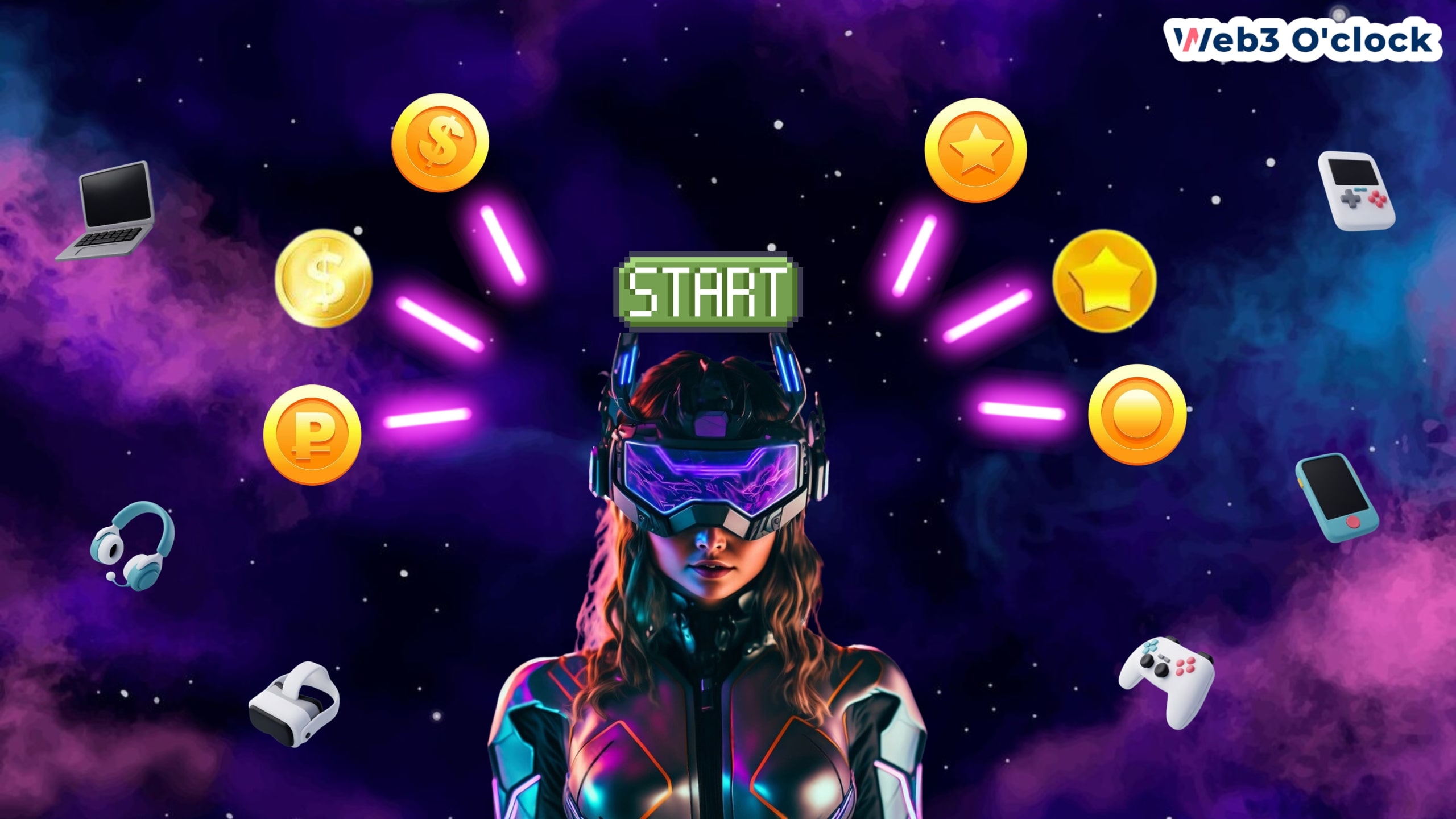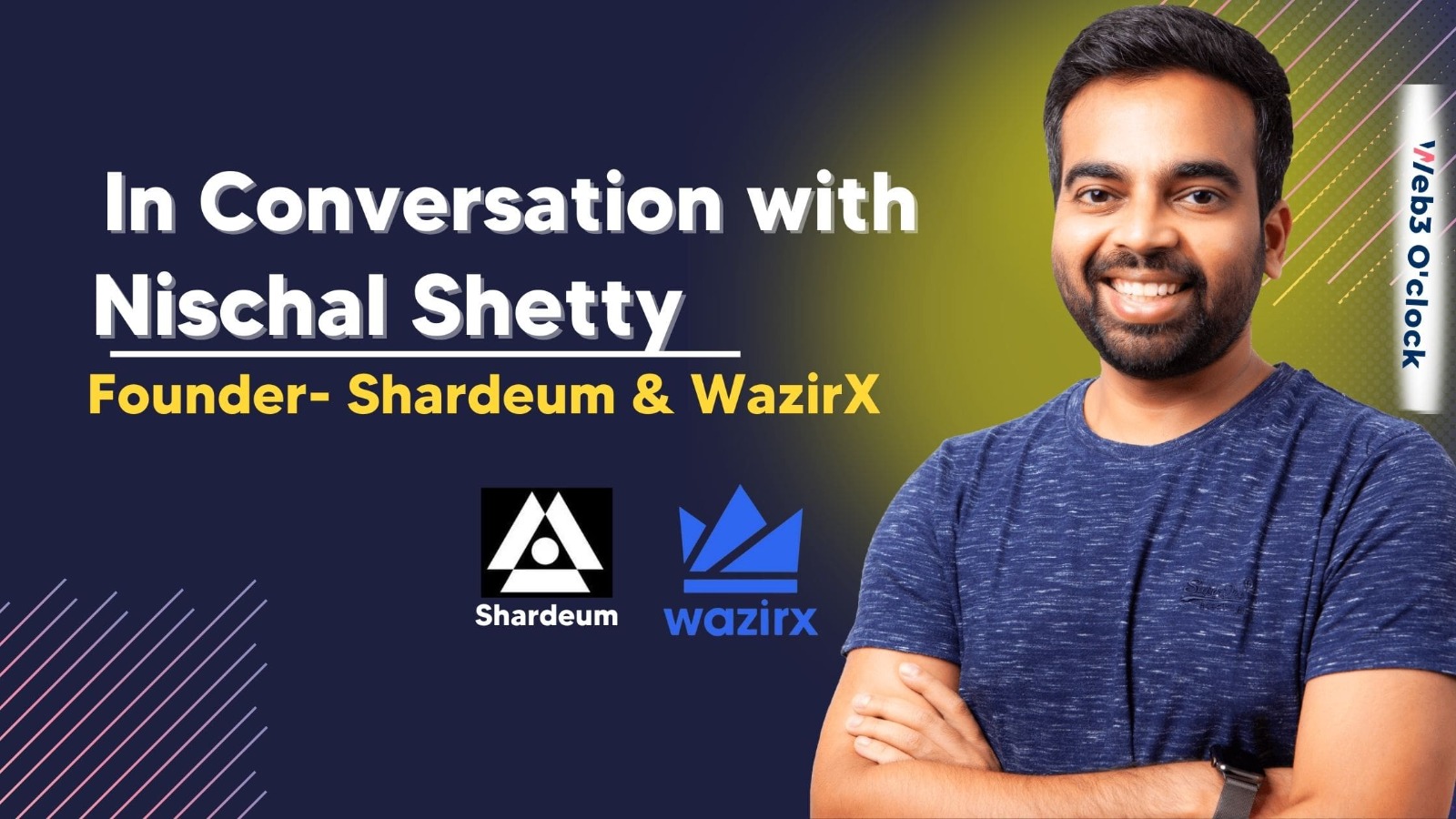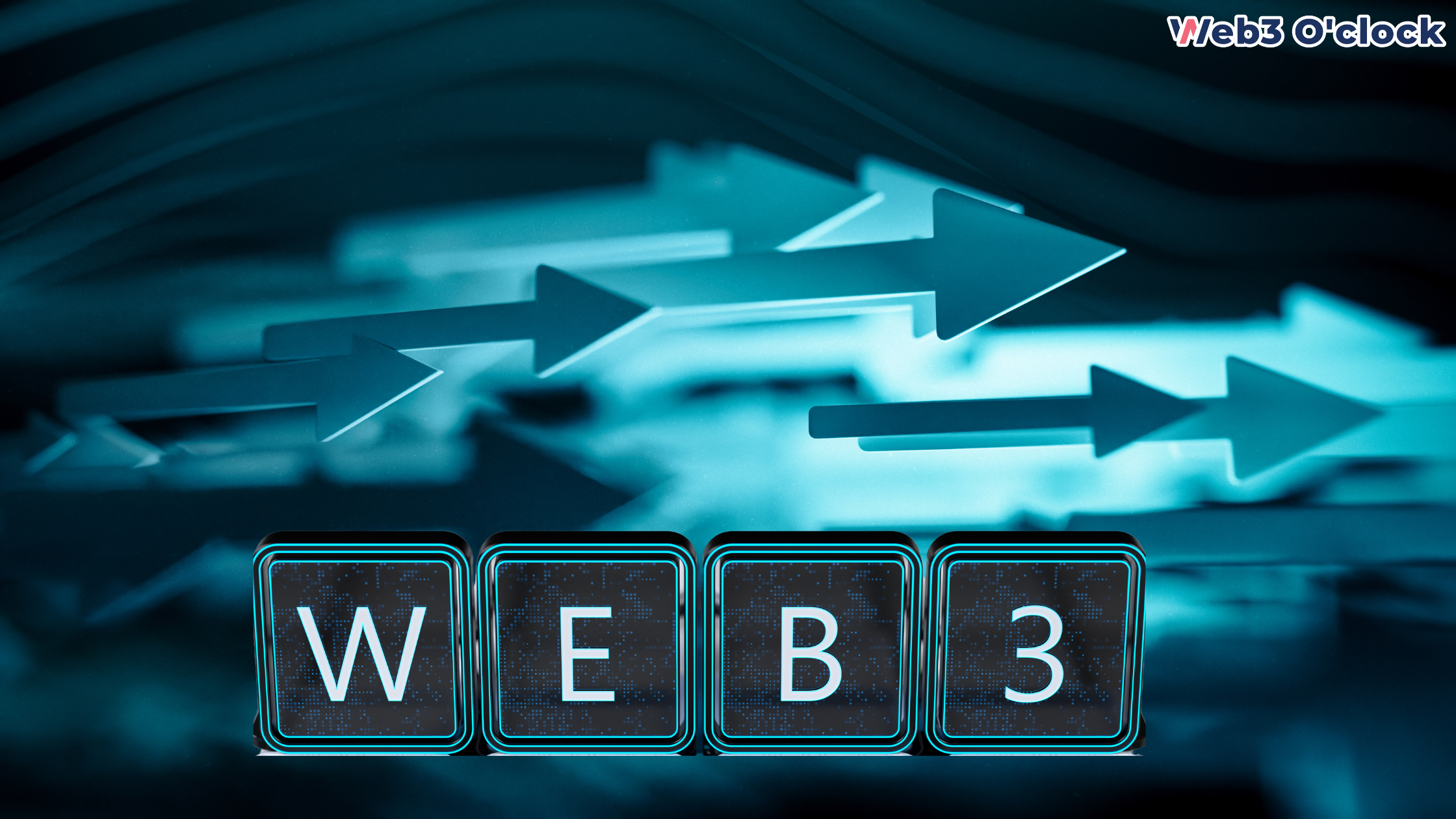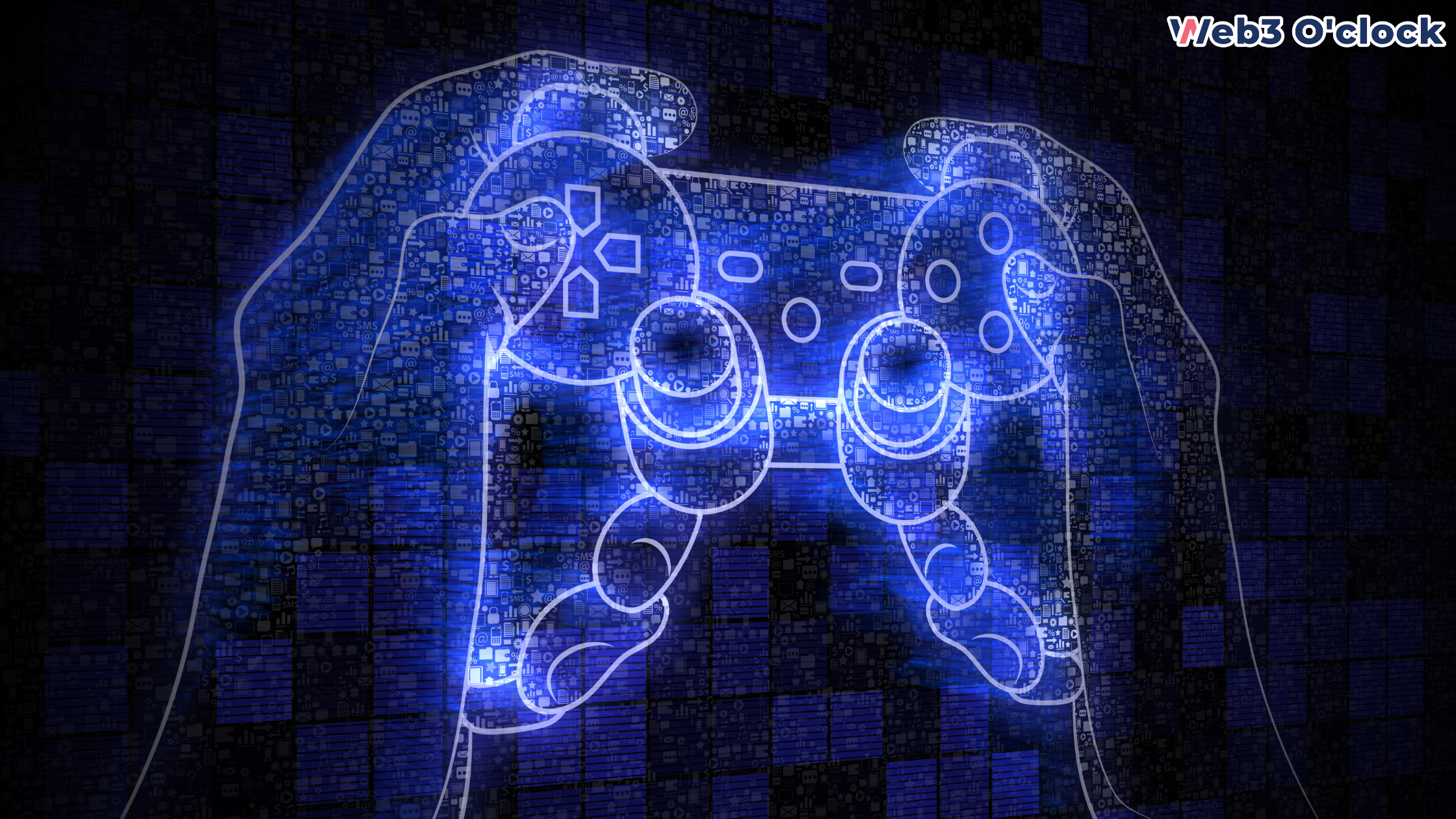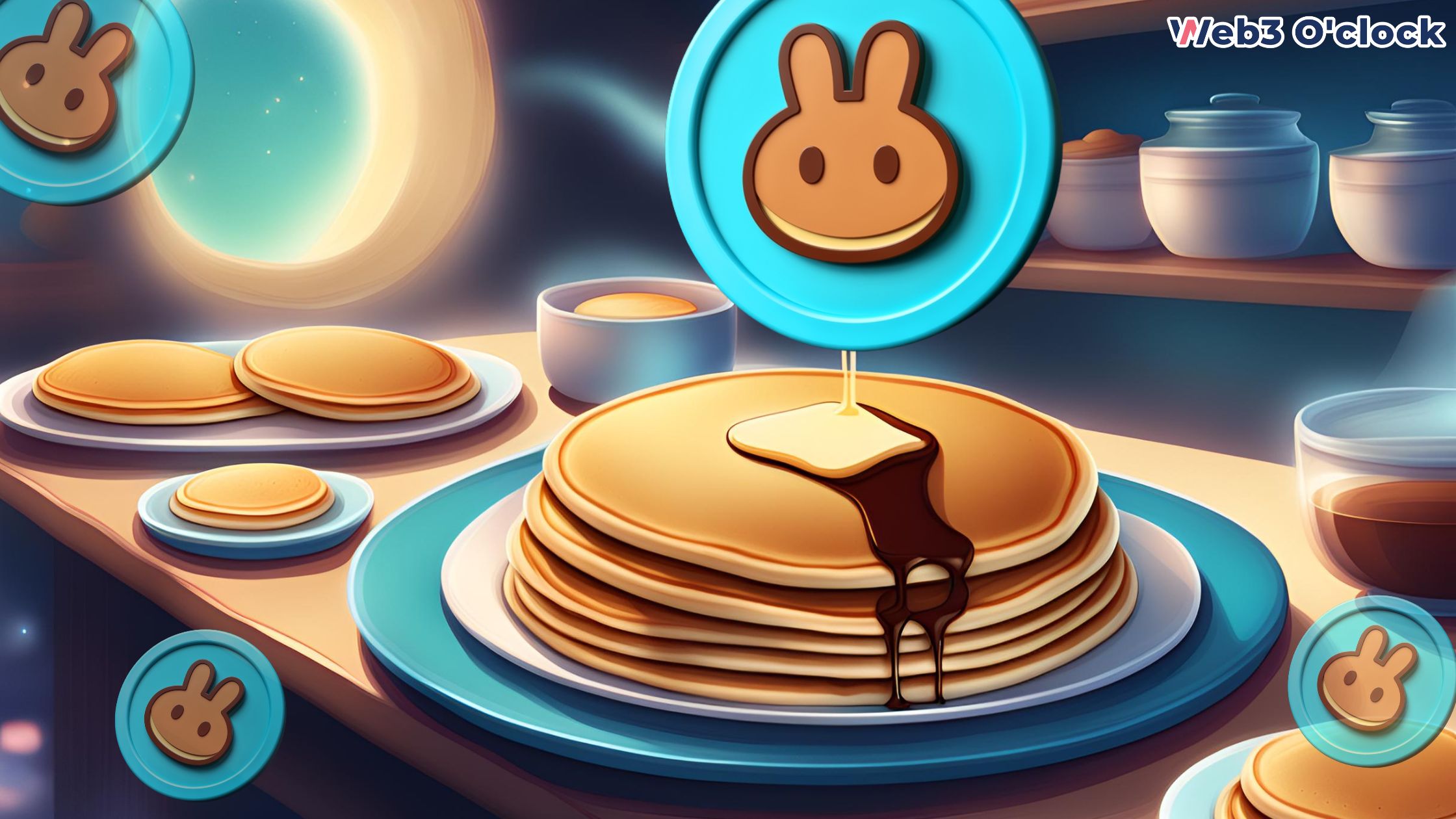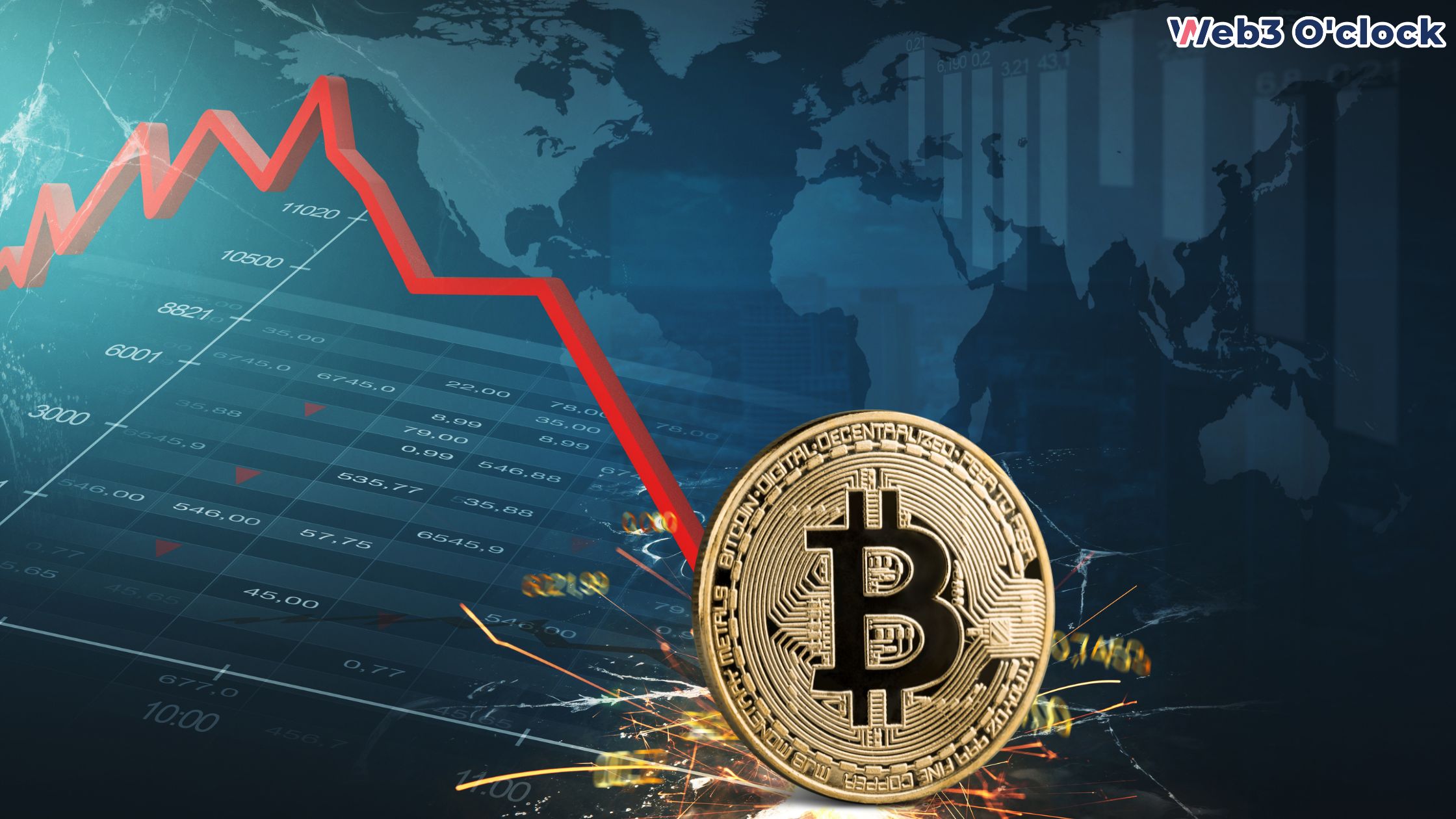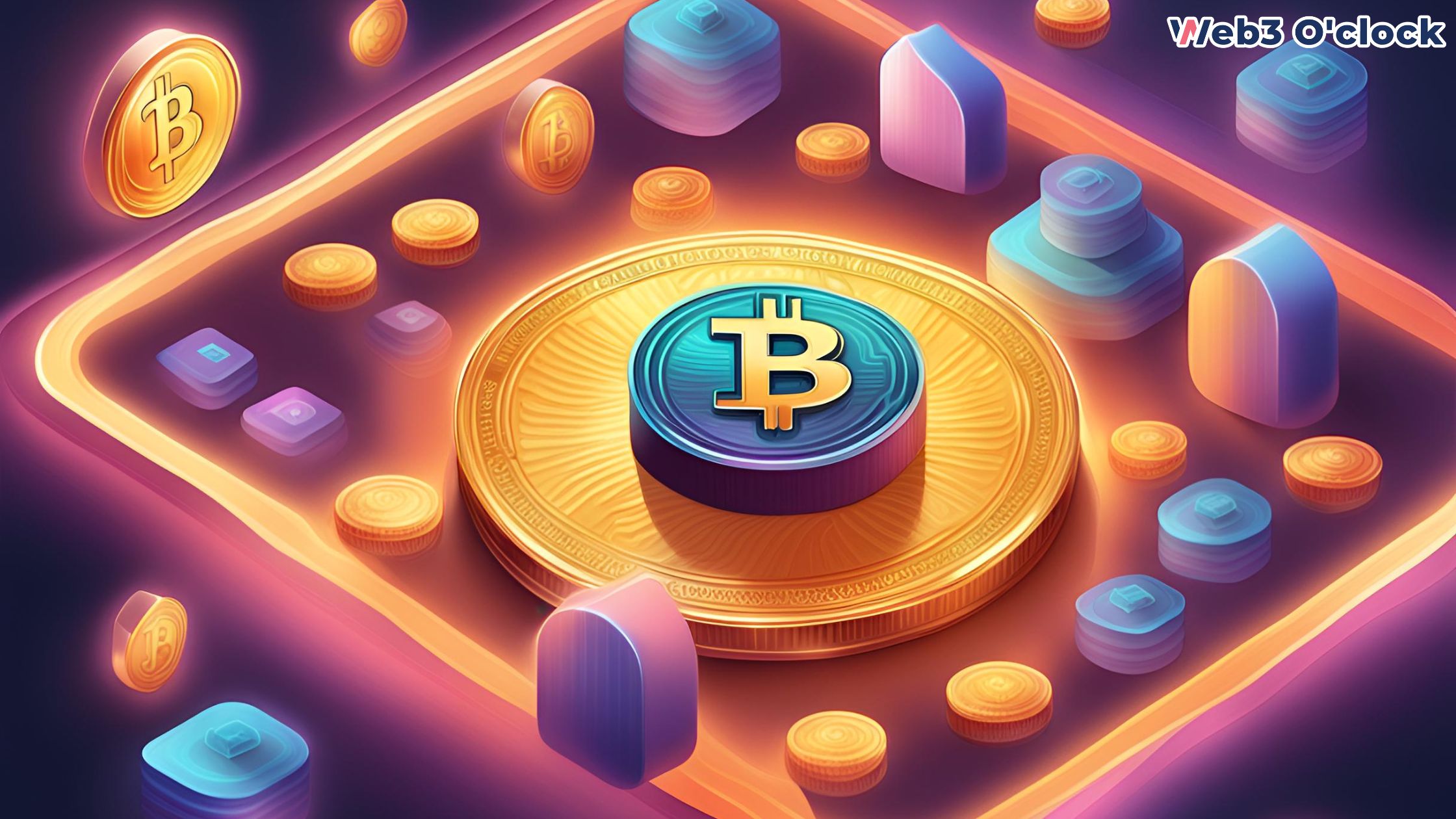The world of gaming and finance has converged in a remarkable way, giving rise to a revolutionary concept known as GameFi. This dynamic ecosystem combines elements of gamification, non-fungible tokens (NFTs), virtual assets, and decentralized finance (DeFi) to create a new paradigm that blurs the boundaries between gaming and financial opportunities. In this beginner’s guide, we will delve into the GameFi ecosystem, explore its components, and understand how to navigate this exciting new landscape.
What is GameFi?
GameFi, short for Game Finance, is a concept that brings financial incentives and mechanics into the gaming world. It harnesses the power of gamification to offer players the chance to earn real-world value while enjoying immersive gaming experiences. By integrating NFTs, virtual assets, and DeFi principles, GameFi unlocks a plethora of possibilities for gamers, investors, and developers alike.
How does GameFi work?
Here’s a general overview of how GameFi works:
- Blockchain Integration: GameFi projects typically integrate blockchain technology, often utilizing smart contracts on platforms like Ethereum or Binance Smart Chain. This allows for the creation of unique digital assets, verifiable scarcity, and secure ownership records.
- Play-to-Earn Mechanism: GameFi games often incorporate a “play-to-earn” mechanism, where players can earn cryptocurrencies or in-game tokens by participating in the game. These rewards can be obtained through various activities, such as completing quests, winning battles, acquiring rare items, or contributing to the game’s ecosystem.
- NFTs and Virtual Assets: Non-fungible tokens (NFTs) play a significant role in GameFi. NFTs represent unique virtual assets within games, such as characters, weapons, land, or collectibles. Players can buy, sell, or trade these NFTs on decentralized marketplaces, giving them true ownership and the ability to profit from their virtual assets.
- Tokenomics and Governance: GameFi projects often introduce their native tokens to power the in-game economy and provide additional benefits to the players. These tokens can have various utilities, such as governance rights, staking, or earning rewards. Players can participate in token-related activities and have a say in the game’s development through decentralized governance mechanisms.
- Playable Metaverses: Some GameFi projects aim to create immersive metaverses, virtual worlds where players can explore, interact with other players, and engage in various activities. These metaverses often allow for user-generated content, enabling players to build and monetize their creations.
- Liquidity Mining and Staking: To encourage liquidity and participation, GameFi projects may implement liquidity mining and staking mechanisms. Players can lock their tokens in smart contracts and earn additional rewards or a share of the platform’s revenue.
- Community and Social Features: GameFi emphasizes community engagement, often through social features like chat channels, forums, or guild systems. Players can collaborate, trade, and compete with each other, fostering a vibrant and interactive gaming community.
- Interoperability and Cross-Platform Support: Many GameFi projects aim to ensure interoperability, allowing players to use their in-game assets across multiple games or platforms. This cross-platform compatibility expands the utility and value of players’ virtual assets.
NFTs in GameFi
Non-fungible tokens (NFTs) play a pivotal role in the GameFi ecosystem. These unique digital assets represent ownership or proof of authenticity for in-game items, characters, and collectibles. NFTs enable players to truly own their virtual assets and trade them on specialized marketplaces. This opens up exciting opportunities for gamers to monetize their skills and creativity while fostering a thriving secondary market for NFTs.
Virtual Assets in GameFi
Virtual assets are the lifeblood of the GameFi ecosystem. They include characters, items, land, and other in-game elements that hold value and enhance the gameplay experience. GameFi introduces a new level of ownership and utility to these virtual assets, allowing players to use, trade, and even borrow against them. With the rise of NFTs, virtual assets have gained immense value, attracting collectors and investors from all corners of the globe.
DeFi in GameFi
Decentralized finance (DeFi) principles play a crucial role in the GameFi ecosystem. By leveraging blockchain technology, DeFi brings transparency, security, and composability to the financial aspects of GameFi. It enables gamers to lend, borrow, and earn interest on their virtual assets, opening avenues for passive income and wealth generation within the gaming space. Furthermore, DeFi applications provide liquidity and financial infrastructure, enabling GameFi projects to thrive.
GameFi Platforms and Projects
Here are some notable GameFi platforms and projects in 2023:
The Sandbox
The Sandbox is a top GameFi platform that allows creators to monetize voxel assets and gaming experiences on the blockchain. It is built on the Ethereum network and has gained significant popularity in the gaming community. The platform provides a community-driven environment where players can create, share, and trade their creations.
The native token of The Sandbox is called SAND. It has a current price of $0.4962, with a 24-hour change of -3.46%. The 24-hour trading volume for SAND is $57 million, and its market cap stands at $919.76 million.
Axie Infinity
Another prominent GameFi project is Axie Infinity, also built on the Ethereum network. Axie Infinity is a game where players can collect, breed, and battle digital creatures called Axies. These Axies can take various forms, with over 500 different body parts available. The game has gained significant attention for its play-to-earn mechanics.
The native token of Axie Infinity is AXS, which currently has a price of $6.74, with a 24-hour change of -2.15%. The 24-hour trading volume for AXS is $32.48 million, and its market cap stands at $788.32 million.
Legends Reborn
Legends Reborn is another GameFi project built on the Ethereum network. It is a collectible card game that allows players to create decks and face challengers. The game combines blockchain technology with traditional card game mechanics.
The native token of Legends Reborn is GALA, with a current price of $0.02976 and a 24-hour change of -2.34%. The 24-hour trading volume for GALA is $72.49 million, and its market cap stands at $207.65 million.
Illuvium
Illuvium is an open-world exploration, NFT creature collector, and autobattler game built on the Ethereum Blockchain. It is set to release on PC and Mac in 2022. The game offers a unique gaming experience where players can collect and battle NFT creatures.
The native token of Illuvium is ILV, with a current price of $47.16 and a 24-hour change of -1.44%. The 24-hour trading volume for ILV is $5.03 million, and its market cap stands at $144.36 million.
MOBOX
MOBOX is a GameFi project built on the Binance Smart Chain. It combines yield farming DeFi with gaming NFTs, creating a free-to-play and play-to-earn ecosystem. MOBOX offers a unique blend of decentralized finance and gaming.
The native token of MOBOX is MBOX, with a current price of $0.4026 and a 24-hour change of -1.97%. The 24-hour trading volume for MBOX is $2.97 million, and its market cap stands at $77.44 million.
Gods Unchained
Gods Unchained is a free-to-play tactical card game built on the Ethereum network. It gives players true ownership of their in-game items, allowing them to trade and monetize their digital assets.
The native token of Gods Unchained is GODS, with a current price of $0.1651 and a 24-hour change of -2.94%. The 24-hour trading volume for GODS is $426,608, and its market cap stands at $36.48 million.
League of Kingdoms
League of Kingdoms is a massively multiplayer strategy game built on the Ethereum network.
It revolves around building kingdoms and governing the world, providing players with a unique gaming experience.
The native token of League of Kingdoms is LOKA, with a current price of $0.3579 and a 24-hour change of -1.56%. The 24-hour trading volume for LOKA is $2.8 million, and its market cap stands at $26.44 million.
Splinterlands
Splinterlands is a digital trading card game built on the Binance Smart Chain. It allows players to truly own their cards and in-game assets, providing a decentralized gaming experience.
The native token of Splinterlands is SPS, with a current price of $0.02049 and a 24-hour change of -1.77%. The 24-hour trading volume for SPS is $191,935, and its market cap stands at $20.34 million.
Risks and Challenges in GameFi
Here are some potential risks and challenges in GameFi:
- Volatility and Speculation: GameFi often involves the use of cryptocurrencies, which can be highly volatile and subject to speculation. This volatility can affect the value of in-game assets, rewards, and virtual currencies, leading to unpredictable outcomes for players and investors.
- Security Vulnerabilities: GameFi platforms rely on blockchain technology, smart contracts, and decentralized applications (DApps). These technologies, while innovative, can also be vulnerable to security breaches, hacks, and exploits. If security measures are not robustly implemented, players’ assets, funds, and personal information could be at risk.
- Regulatory Uncertainty: The intersection of gaming and finance brings about regulatory challenges. Different jurisdictions may have varying interpretations and regulations around GameFi activities, including token sales, crowdfunding, and virtual asset trading. Regulatory uncertainty can hinder the growth and adoption of GameFi, making it difficult for projects to operate within legal frameworks.
- Market Saturation and Competition: The GameFi space is becoming increasingly crowded, with numerous projects and platforms vying for attention and user engagement. Market saturation can make it challenging for new projects to stand out and gain a substantial user base. Moreover, competition can drive down profit margins and hinder the long-term viability of GameFi projects.
- User Adoption and Retention: GameFi platforms rely on attracting and retaining a large user base to thrive. Achieving mass adoption can be a challenge, as users may be hesitant to embrace unfamiliar technologies, undergo the learning curve, or trust new platforms with their assets. Retaining users over the long term requires engaging gameplay mechanics, compelling rewards, and a vibrant ecosystem.
- Scalability and Network Congestion: Blockchain networks, such as Ethereum, which are commonly used in GameFi, can suffer from scalability limitations and network congestion. As more users participate in GameFi activities, the networks can become slow, expensive, and inefficient. This can hamper the user experience and hinder the growth of GameFi applications.
- Game Balance and Fairness: In some GameFi platforms, players can earn rewards or in-game assets that have real-world value. Maintaining game balance and fairness becomes crucial to prevent exploitation and ensure a positive experience for all participants. Designing game mechanics and economic systems that strike a balance between rewards and gameplay can be challenging.
Getting Started with GameFi
For beginners looking to enter the GameFi ecosystem, it is important to take measured steps. Research and understand the platforms and projects available, assess their communities and track records, and evaluate the potential returns and risks. Choosing the right GameFi projects aligned with your interests and risk appetite is key to a successful foray into this emerging field. Additionally, managing virtual assets, diversifying investments, and staying informed about market trends will contribute to a rewarding GameFi experience.
Future of GameFi
The GameFi ecosystem is still in its early stages, but the future looks incredibly promising. As technology advances and adoption grows, we can expect more innovative gameplay experiences, enhanced interoperability between games, and seamless integration of real-world financial services. The convergence of gaming and finance has the potential to reshape industries, fuel creativity, and unlock novel economic models that benefit players, developers, and investors alike.
Conclusion
The GameFi ecosystem presents an exciting new frontier where gaming and finance intertwine to create transformative opportunities. By understanding the components of GameFi, such as NFTs, virtual assets, and DeFi, beginners can embark on a journey that combines their passions with potential financial gains. However, it is important to approach GameFi with caution, considering the risks and challenges inherent in this evolving space.
As the GameFi landscape continues to evolve, embracing this emerging paradigm can open doors to unique experiences and possibilities that were once unimaginable. So, take the first step, explore the GameFi ecosystem, and embark on an adventure that seamlessly blends gaming and finance.
FAQs
What is GameFi and how does it differ from traditional gaming?
GameFi, or Game Finance, is a concept that merges gaming and finance by incorporating financial incentives and mechanics into gaming experiences. Unlike traditional gaming, GameFi offers players the opportunity to earn real-world value, such as cryptocurrency or other tangible rewards, by participating in gameplay. It combines elements of gamification, NFTs, virtual assets, and DeFi principles to create a dynamic ecosystem that blurs the boundaries between gaming and financial opportunities.
What are NFTs and how are they used in GameFi?
NFTs, or non-fungible tokens, are unique digital assets that represent ownership or proof of authenticity of a specific item or piece of content. In GameFi, NFTs are utilized to represent in-game assets, characters, or collectibles. They enable players to truly own and trade their virtual assets on specialized marketplaces, fostering a secondary market for NFTs. This introduces new avenues for monetizing gaming skills and creativity, as well as enhancing the value and uniqueness of virtual assets within the GameFi ecosystem.
How do virtual assets contribute to the GameFi ecosystem?
Virtual assets are essential components of the GameFi ecosystem. They include in-game items, characters, land, and other elements that hold value and enhance the gaming experience. In GameFi, virtual assets gain a new level of ownership and utility. Players can use, trade, and even borrow against their virtual assets, allowing for additional monetization opportunities. With the rise of NFTs, virtual assets have gained significant value, attracting collectors and investors who recognize their potential as valuable digital assets.
What is the role of DeFi in GameFi?
Decentralized finance (DeFi) principles play a crucial role in the GameFi ecosystem. DeFi leverages blockchain technology to provide transparent, secure, and programmable financial services. In the context of GameFi, DeFi enables gamers to lend, borrow, and earn interest on their virtual assets. It introduces liquidity and financial infrastructure, creating opportunities for passive income and wealth generation within the gaming space. By integrating DeFi into GameFi platforms, players can participate in financial activities and leverage their virtual assets in a decentralized and transparent manner.
What are the risks and challenges associated with GameFi?
While GameFi presents exciting opportunities, it also comes with risks and challenges. Security concerns are paramount, as users must protect their private keys and be cautious about potential vulnerabilities in smart contracts. Additionally, the regulatory landscape surrounding GameFi is still evolving, and participants need to navigate legal considerations and comply with regulations. Market volatility is another challenge, as the value of virtual assets and the overall GameFi market can fluctuate. It’s important for participants to stay informed, exercise caution, and understand the risks involved before engaging in GameFi activities.


